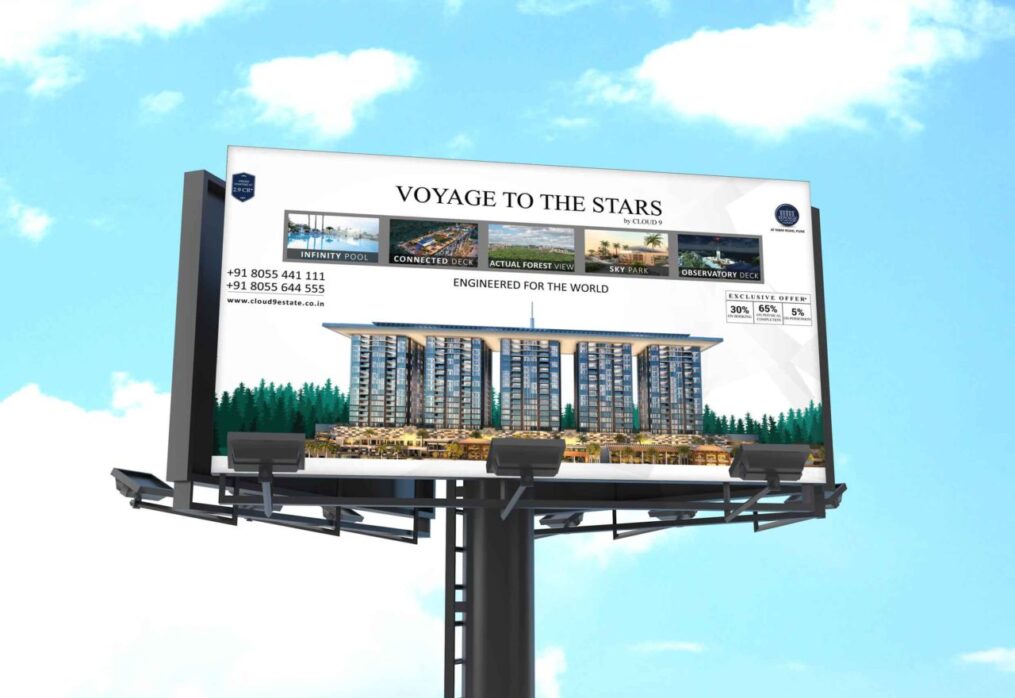The Shift from Traditional PR to Digital PR: Key Insights| Trivium PR
Traditional PR to Digital PR: The panorama of primary sources for our daily activities has changed dramatically in today’s digital age. The growing influence of technology in our lives has touched every area of our existence, from the moment we get up to the time we go to bed. Likes, comments, and shares on social media now have a huge impact on our daily lives. The “Digital India” campaign has inspired even more businesses to go digital.
Smartphone proliferation and increased internet usage have driven the emergence of different digital media and social media efforts. Every business, including the media industry, has developed in reaction to these changes. Radio, newspapers, and television were formerly the primary mediums of mass communication. Declining readership and revenue from these old mediums have driven organisations to migrate to digital modes of communication, resulting in greater ROI and consumer traffic in practically every industry.
Shifting from Traditional PR to Digital PR
Public relations practise has experienced a noticeable transition from traditional PR to digital PR inside the constantly changing media ecosystem. While managing media relations, upholding reputation, improving visibility, and enhancing brand exposure are all common goals of both traditional and digital PR, their fundamental differences lie in how they are approached and carried out.
Traditional PR, which is based on traditional communication channels, makes use of print, broadcast, and other traditional media platforms to engage the public and strengthen the presence of a brand or organisation. Typical techniques used in conventional PR efforts include holding press conferences and reaching out to the media.
In contrast, digital PR ventures into the realm of technology to connect with the public, offering a deeper and more interactive understanding of a business. Leveraging tools like SEO, blogs, influencer marketing, social media platforms, and websites, digital PR opens new avenues for engagement and communication, providing valuable insights into the world of the brand.
The transformation from traditional PR to digital PR is not just a change in tactics but a response to the shifting dynamics of our digital age. This evolution empowers PR professionals to adapt and innovate in an ever-connected world, ensuring that brands can effectively reach and resonate with their target audiences.
This shift towards digital PR is a significant boon, as traditional PR often involves one-way communication, whereas digital PR encourages interaction with consumers by inviting their comments and feedback. Digital PR is more versatile, offering a wider range of options to convey your message to the right audience at the right time and through the right channels.
Digital PR has proven its significance time and again, particularly during the pandemic. However, it’s essential to note that traditional PR has not become obsolete. The need of the hour is for Public Relations agencies to intelligently combine both approaches to serve their clients effectively.
At Trivium Public Relations, we recognize the transition from traditional PR to digital PR but also understand that both are equally vital in serving our clients’ needs. Our approach is flexible, allowing us to adjust the balance between the two depending on specific deliverables and client requirements. Our enduring relationships with journalists remain invaluable, and we stay closely attuned to media updates. By leveraging our industry connections, we secure the best deals and coverage for our clients. Our ultimate goal is to establish lasting relationships with our clients, and our comprehensive offerings are at the forefront of serving them exceptionally well.
In Summary
The transformation from traditional PR to digital PR signifies the evolution of public relations in the digital age. While both approaches have their merits, it’s the intelligent combination of the two that empowers PR agencies to provide comprehensive and effective services in today’s dynamic media landscape.
Click here to learn more about us.

